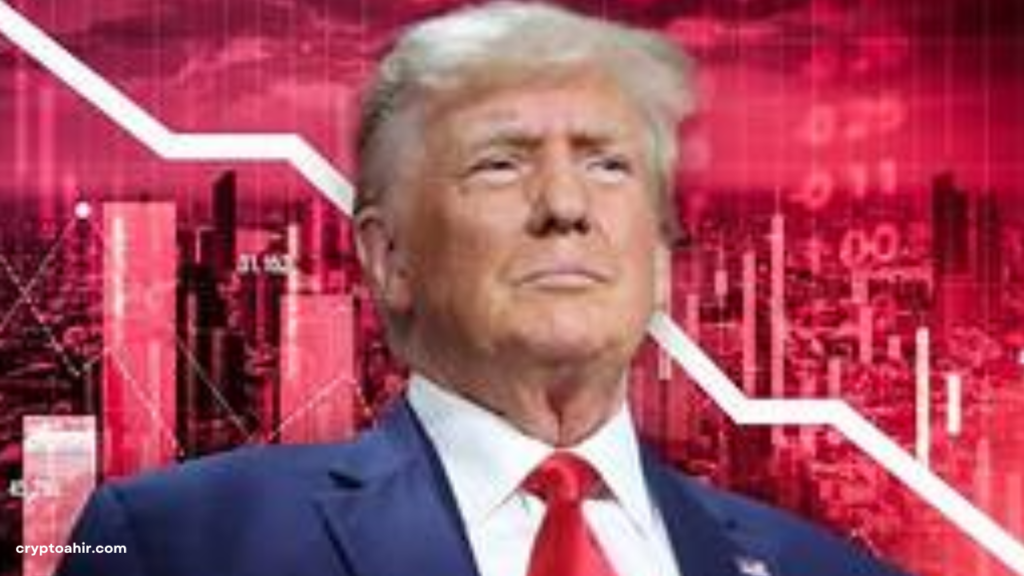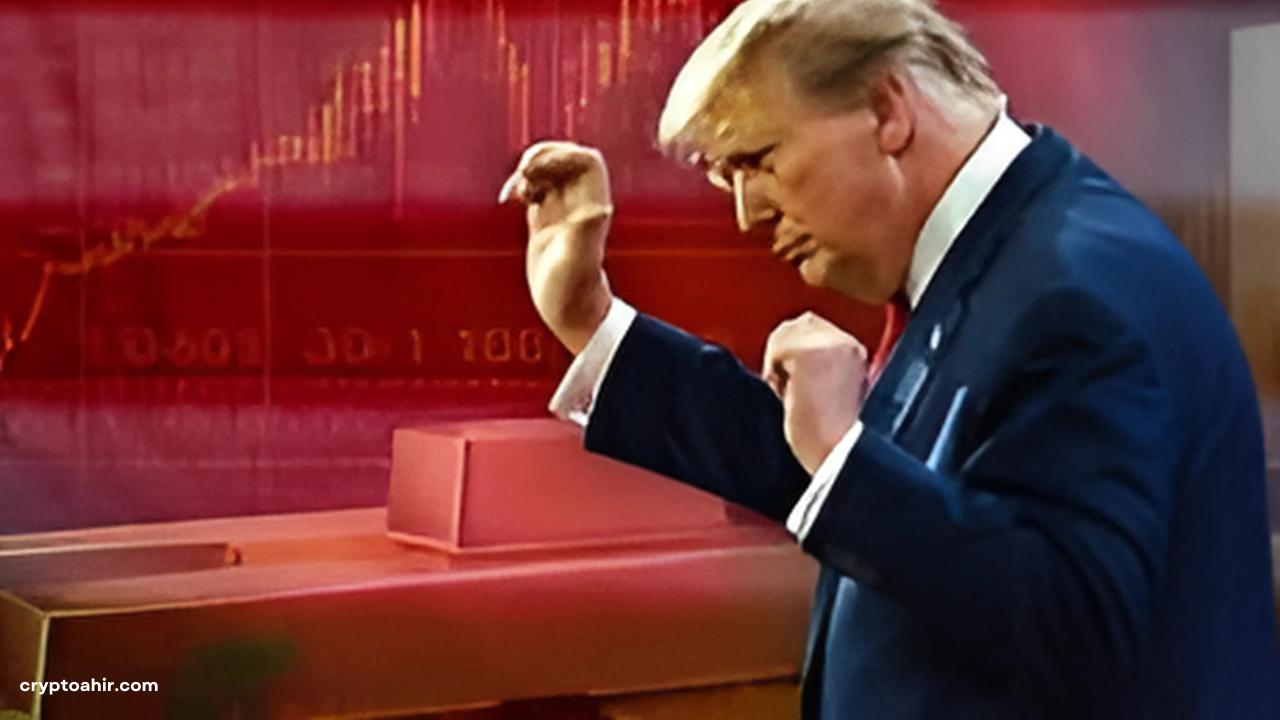The cryptocurrency market has had yet another horrific day, and while it can be hard to identify the exact cause of sell-offs, there is a clear explanation for the present unrest.
The recently announced tariffs by Donald Trump are more harsher than economists had anticipated. All nations that export goods to the United States will be subject to a flat 10% tax, with certain economies having to pay significantly higher rates.
The overall tariffs imposed on Chinese goods will now surpass 50% due to the president’s contentious new policies, sharply increasing costs for American consumers and escalating concerns about inflation and a possible recession.

As traders processed the news, Asian markets experienced a steep decline in the early hours of Thursday morning. Japan’s Nikkei 225 concluded the trading session down 2.77% after plunging 4% at one point.
Then, misery reached Europe. Because it has been exempted from the harshest of the tariffs, London’s FTSE 100 has fared marginally better than other indices, although it was down 1.5% intraday. The Paris, Frankfurt, and Milan markets all saw a 2% decline.
Since Trump’s statement was made after Wednesday’s closing bell, Wall Street has just now been able to respond. The tech-heavy Nasdaq 100 dropped 4.1%, while the S&P 500 began 3.4% down.
Because Bitcoin operates around the clock, we were able to obtain some immediate feedback. The largest cryptocurrency in the world fell from $88,466.96 to $82,182.32, a roughly 7% decline from its high to its lowest.
However, when compared to lesser cryptocurrencies, Bitcoin has fared very well. Over the last seven days, it has dropped 5%, whereas Ether, XRP, and Solana have all dropped 11%, 13%, and 17.5%, respectively.
Also read: Why not follow in the footsteps of teenagers who are making millions by creating viral memecoins? 🚀 Get your own token now with XXX, the most reliable platform for easy success! – https://launchtoken.fun/?ref=1
What Impact Will US Tariffs Have on Crypto?
Looking ahead, it’s important to consider how Trump’s extreme policies may impact the cryptocurrency markets more broadly in the upcoming weeks and months as other nations attempt to negotiate trade agreements with Washington or impose their own tit-for-tat tariffs.
One significant effect of these trade limitations is the significant decline in the value of the US dollar following “Liberation Day,” which has caused the U.S. dollar index to reach levels not seen since October of last year. Additionally, the USD has dropped to its lowest level versus the pound in six months.
However, it could be a bit early to make the positive forecasts just yet. The S&P 500 is headed for its worst one-day loss in three years due to the continued uncertainty these tariffs represent, which was only made worse by yesterday’s revelation of Trump’s plans. The short-term performance of Bitcoin is much more likely to be impacted by this.
Just 10.6% of respondents thought the Fed would lower interest rates by 25 basis points at its next meeting in May prior to Trump’s “Liberation Day” declaration. However, in the present, that percentage has increased to 27.3%.
In addition to improving liquidity in the cryptocurrency markets, lower interest rates may make Bitcoin more alluring to investors.
The key question in the near future is whether Bitcoin can maintain its position above the psychologically critical $80,000 mark or if the worst is still to come.
As one might anticipate, despite cryptocurrency investors’ extreme fear, figures like Michael Saylor and Samson Mow are still putting up a brave front for Bitcoin’s future.








